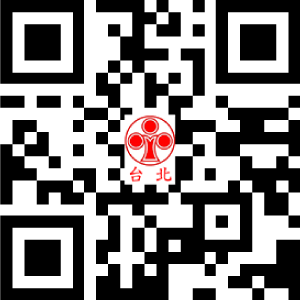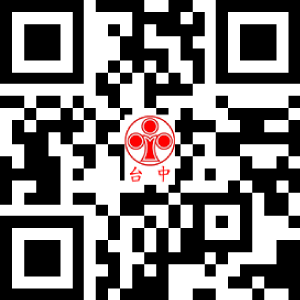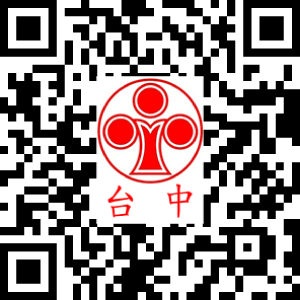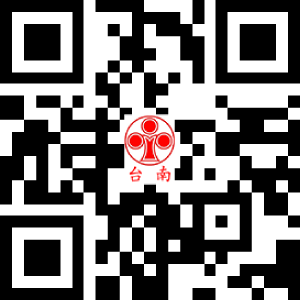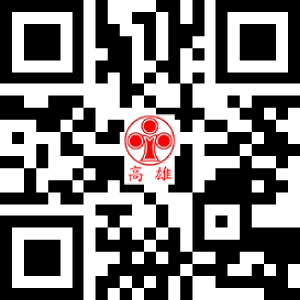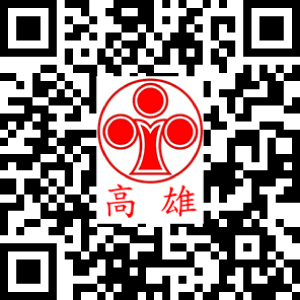In patent linkage-related infringement litigations, it is an important issue to determine the accused products because the products in such litigations have not yet become available on the market. In the first instance judgement of the litigation in which Bayer HealthCare LLC sued Lotus Pharmaceutical Co. Ltd.1, the Intellectual Property and Commercial Court (IPCC) held that, in principle, the materials filed for the abbreviated new drug application (ANDA) are sufficient for infringement analyses. Moreover, in the case that such materials are accessible to the patentee, the burden of proof should not be shifted to the alleged infringer.
Background
The active ingredient of interest is sorafenib tosylate. Bayer owns relevant patents TW I382016 and TW I324928. TW I382016 protects a stable crystalline form of sorafenib tosylate, Form I, while Lotus argued that the active ingredient of its generic to be imported is another crystalline form.
In the preceding ruling2, the court required that parts of the documents filed by Lotus for the ANDA of its generic at the Taiwan Food and Drug Administration be copied and archived at the IPCC for evidence preservation, but made no requirement to collect evidence at Lotus’ facility.
Among the substantive issues of the litigation, Bayer required Lotus to provide an analysis report of its generic to disprove the infringement because the evidence was archived at Lotus’ facility. Furthermore, Bayer asserted that the patented Form I is known to be the most stable form so far, and thus it is highly likely that the sub-stable crystalline form of the generic would, at least to a certain extent, convert to Form I during the tableting processes and storage.
Judgment
The burden of proof
The court affirmed that Lotus has provided relevant evidence to Bayer for the Paragraph IV declaration submitted along with the ANDA, and the evidence is consistent with the materials filed for the ANDA. Additionally, Lotus cannot import the generic for analysis at the moment due to the absence of marketing approval. Furthermore, the materials filed for the ANDA should be sufficient to represent the generic. As a result, the burden of proof should not be shifted to Lotus.
Conversion of crystalline form
The court reasoned that although Bayer emphasized the possibility of crystalline form conversion and submitted expert testimony in this regard, “possibility” is not “certainty.” In view of the evidence in hand, including the expert testimony and the working examples of TW I382016, it cannot be confirmed that the crystalline form of the generic indeed converts to Form I. In conclusion, the grounds for infringement cannot be established.
(Summarized and translated from the ruling and decision cited in the footnotes.)
*Section Chief of International Patent Division at Tai E International Patent & Law Office
1 Intellectual Property and Commercial Court Judgment on Litigation (111) No. 51 (Judgment in Chinese: https://judgment.judicial.gov.tw/FJUD/data.aspx?ty=JD&id=IPCV,111%2c%e6%b0%91%e5%b0%88%e8%a8%b4%2c51%2c20230410%2c3)
2 Intellectual Property and Commercial Court Ruling on Appeal (111) No. 11 (Judgment in Chinese: https://judgment.judicial.gov.tw/FJUD/data.aspx?ty=JD&id=IPCV,111%2c%e6%b0%91%e5%b0%88%e6%8a%97%2c11%2c20221014%2c2)
